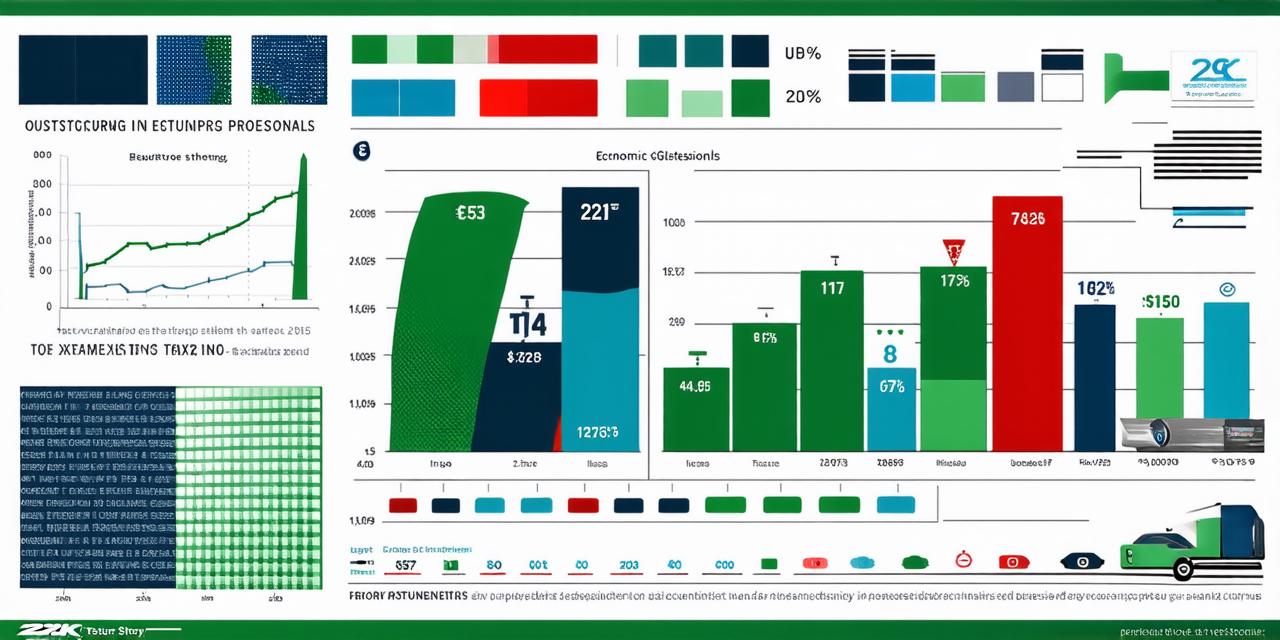
Introduction:
In today’s fast-paced business environment, companies are constantly seeking ways to improve efficiency, reduce costs, and stay competitive. One common practice is outsourcing, which involves outsourcing tasks or projects to third-party vendors.
1. Cost Savings:
One of the main reasons companies outsource is to reduce costs. By outsourcing tasks or projects to third-party vendors, companies can take advantage of lower labor costs, reduced overhead expenses, and access to specialized expertise.
2. Increased Efficiency:
Outsourcing can also help companies increase efficiency by allowing them to focus on their core competencies while third-party vendors handle the tasks that require specialized expertise.
3. Access to Talent:
Outsourcing can also provide companies with access to talent that they may not be able to find or afford in-house. By outsourcing tasks or projects, companies can tap into a global pool of skilled workers who specialize in specific areas of expertise.
4. Improved Quality:
Outsourcing can also lead to improved quality by providing companies with access to specialized expertise and resources. By outsourcing tasks or projects, companies can take advantage of the latest tools and techniques, as well as the knowledge and experience of third-party vendors.
5. Increased Flexibility:
Outsourcing can also provide companies with increased flexibility by allowing them to scale up or down as needed. By outsourcing tasks or projects, companies can easily add or remove resources based on demand.
6. Improved Innovation:
Outsourcing can also lead to improved innovation by providing companies with access to new ideas and perspectives. By outsourcing tasks or projects, companies can tap into the expertise of third-party vendors who specialize in specific areas of innovation.
Conclusion:
In conclusion, outsourcing can have a significant impact on a company’s bottom line and overall efficiency. By reducing costs, increasing efficiency, accessing talent, improving quality, increasing flexibility, and promoting innovation, companies can take advantage of the economic benefits of outsourcing to improve their bottom line. However, it is important for companies to carefully consider the risks associated with outsourcing, such as communication breakdowns, cultural differences, data security issues, legal and compliance concerns, and intellectual property theft.
FAQs:
1. What are some common tasks that can be outsourced?
Tasks that can be outsourced include accounting and bookkeeping, software development, marketing and advertising, customer service, IT support, human resources, and research and development.
2. How do I choose the right vendor for my outsourcing needs?
When choosing a vendor, it is important to consider factors such as their experience, expertise, track record, reputation, communication skills, and cost-effectiveness. It is also important to ensure that the vendor shares your company’s values and aligns with your business goals.
3. What are the risks associated with outsourcing?
Risks associated with outsourcing include communication breakdowns, cultural differences, data security issues, legal and compliance concerns, and intellectual property theft. To mitigate these risks, companies should establish clear communication channels, develop cultural awareness programs, implement robust security measures, ensure compliance with relevant laws and regulations, and protect their intellectual property through contracts and other legal agreements.
4. How do I measure the success of my outsourcing project?
To measure the success of your outsourcing project, you should establish clear objectives and metrics at the outset, such as cost savings, improved efficiency, increased quality, and enhanced innovation. You should then regularly track and report on these metrics to assess progress and make adjustments as needed. It is also important to solicit feedback from stakeholders and employees to identify areas for improvement and ensure that the project meets their expectations.
